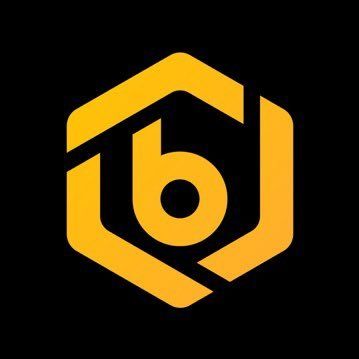Latest Crypto News
Trending now

HBAR Price Walks a Tightrope Between Sellers and Buyers — Can Whales Tip the Balance?
- HBAR price shows a bullish RSI divergence suggesting buyer strength, but a looming 100–200 day EMA bearish crossover still signals long-term weakness.
- The Chaikin Money Flow (CMF) has strengthened since November 3, showing that whales are buying into the dip.
- HBAR continues to move between $0.16 and $0.20, a zone that has held since October 11. A close above $0.20 would hint at a rebound.

Gold at ATH, BTC Paving the Way: How Bitpanda Is Bridging Crypto and Precious Metals
The investment landscape today is characterised by a relentless drive toward diversification, driven by seismic shifts in the global economy. As Bitcoin (BTC) continues its parabolic run, frequently revisiting or breaking its All-Time High (ATH), a parallel, yet seemingly traditional, rally is underway with precious metals. Gold and silver, the quintessential safe-haven assets, have seen

Bitcoin Price Dips Below $100,000, Losses Climb To 9-Month High
- Bitcoin (BTC) slips below $100,000 as losses hit a nine-month high, with 235,850 BTC—worth $24 billion—moved at a loss in 24 hours.
- The MVRV Ratio enters the “opportunity zone,” hinting that selling may be nearing exhaustion and potential accumulation could soon begin.
- BTC trades at $101,729, holding key $100,000 support; falling below $98,000 risks a slide to $95,000, while recovery could retest $105,000.

The Gatekeepers of Crypto: Mastering the High-Stakes Exchange Listing Game
Listing on a top-tier Centralized Exchange (CEX) has long been considered the ultimate prize, the moment a fledgling crypto project transitions from a niche experiment to a global financial asset. Historically, this moment was synonymous with explosive growth, often resulting in a legendary “Binance pump” or “Coinbase effect.” But the landscape has undergone a profound
dYdX × THORWallet Trading Event

Cold Storage, Warm UX, Hot Price: Kraster Introduces a Card-sized Hardware Wallet for Secure Crypto Management
Kraster’s team of blockchain engineers, fintech specialists, and cybersecurity experts is currently showcasing the new Kraster Wallet at SiGMA Europe 2025 in Rome (November 3–6). Visitors to the booth can see live demonstrations of the wallet, explore its technical design, and learn how it manages the balance between convenience and self-custody in digital asset management.

Best Crypto Staking Platforms in the US 2026
Find the best platforms to stake crypto in the US. Compare rewards, safety, and regulation to choose the safest way to earn passive income.
Deposit, Trade and Earn Challenge

Crypto Exchanges Brace for Prediction Markets Race: Gemini & Crypto.com Lead
- Major crypto exchanges Gemini and Crypto.com are aggressively entering prediction markets for event-based contracts.
- Gemini awaits CFTC approval to launch broadly-based prediction contracts; Crypto.com has already partnered with Hollywood.com on entertainment-themed offerings.
- These moves could reshape revenue models for exchanges, bring new risks and attract regulatory scrutiny in the evolving intersection of crypto and derivatives.

Coinbase and Paradigm Say Banks Are Trying to Block Stablecoin Innovation
- The Independent Community Bankers of America urged the OCC to deny Coinbase's national trust bank charter, citing failure to meet standards and risks to banking stability.
- Coinbase executives defended the GENIUS Act, highlighting stablecoins as a payments innovation with safeguards including 100 percent reserve backing and OCC supervision.
- Paradigm's policy chief accused the Bank Policy Institute of bad-faith arguments linking DeFi to systemic risk, suggesting influence from former SEC Chair Gary Gensler's allies.
Get a Chance to Win €4,500 in Gold

November Crypto Crash: Experts Debate Whether to Stay Patient or Cut Losses
- The crypto market has lost over $1 trillion since October 6, wiping out 2025 gains
- Over $1.8 billion in positions were liquidated in 24 hours, with 441,867 traders affected.
- Investor sentiment is split, as bears warn of more losses and bulls point to possible recovery.

Trust Wallet Turns Users Into VIPs With New Premium Program, Powered by TWT
[Nov. 4, 2025] Trust Wallet, the world’s leading self-custody web3 wallet with over 210 million users, today announced the launch of Trust Premium, a new loyalty program that rewards users for their ongoing activity inside the wallet. Trust Premium recognizes web3 participation, whether swapping, staking, funding, or simply holding assets, and turns it into lasting




